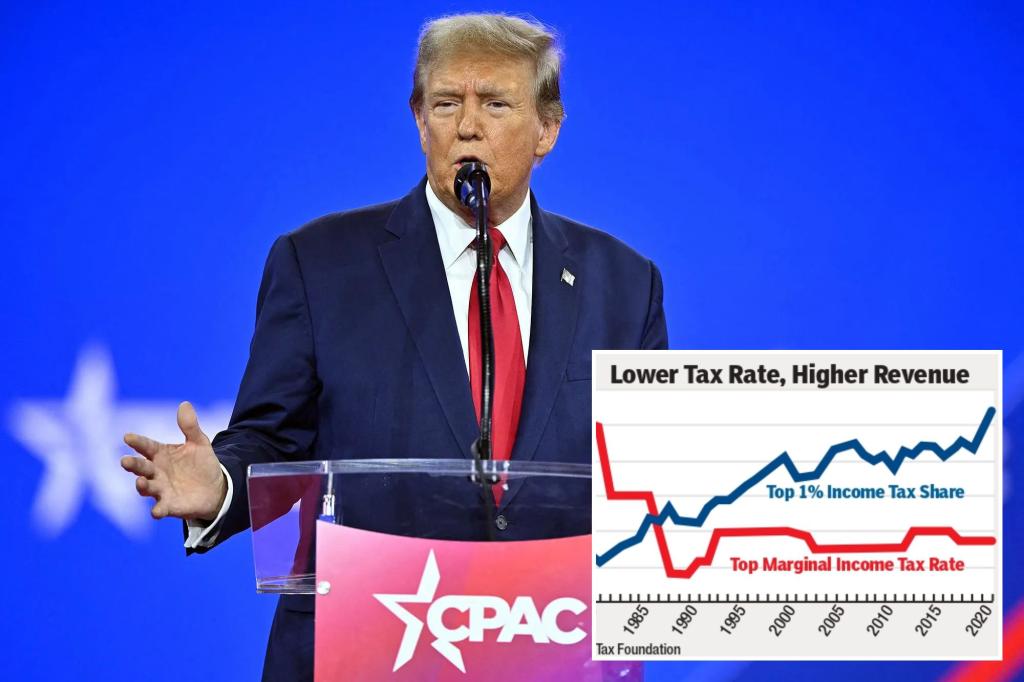The latest IRS data on who bears the income tax burden demonstrate yet again the benefits of lower tax rates over higher rates.
When President Donald Trump entered office, the richest 1% of tax filers ($675,000 income and above) paid a little more than 40% of the income taxes collected.
The 2017 Trump tax cut reduced the effective highest federal tax rate to 37% from 42%.
But the most recent IRS tax return data (for 2021) confirm that even as these rates were lowered — not to mention the corporate tax rate cut from 35% to 21% — the share of the tax burden shouldered by the 1% rose to almost 46%.
Written by the guy who came up with the Laffer Curve, Arthur Laffer.


That’s another point that I hadn’t considered. The rest of us are just less able to shoulder more of the tax burden and, as a result, the 1% end up doing more. And/or the TCJA lowered the marginal tax rates, which just resulted in a shift of the tax burden, such that everybody was paying less in taxes, but they paid a higher percentage.